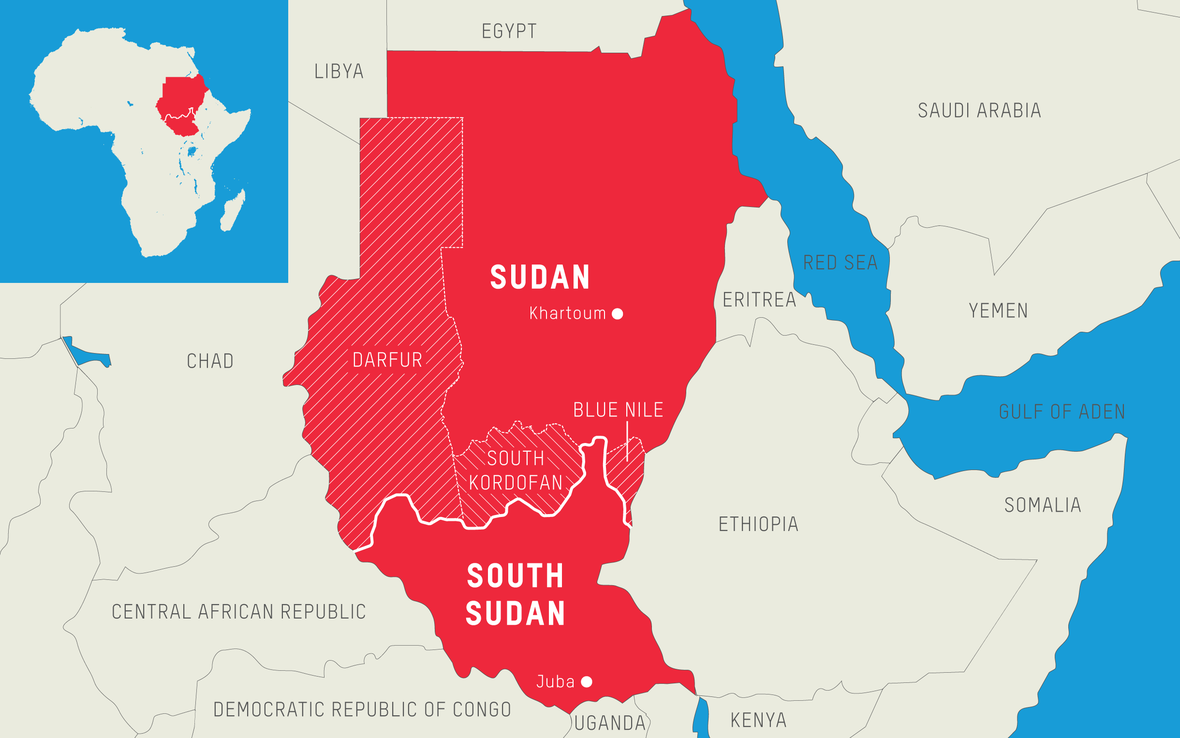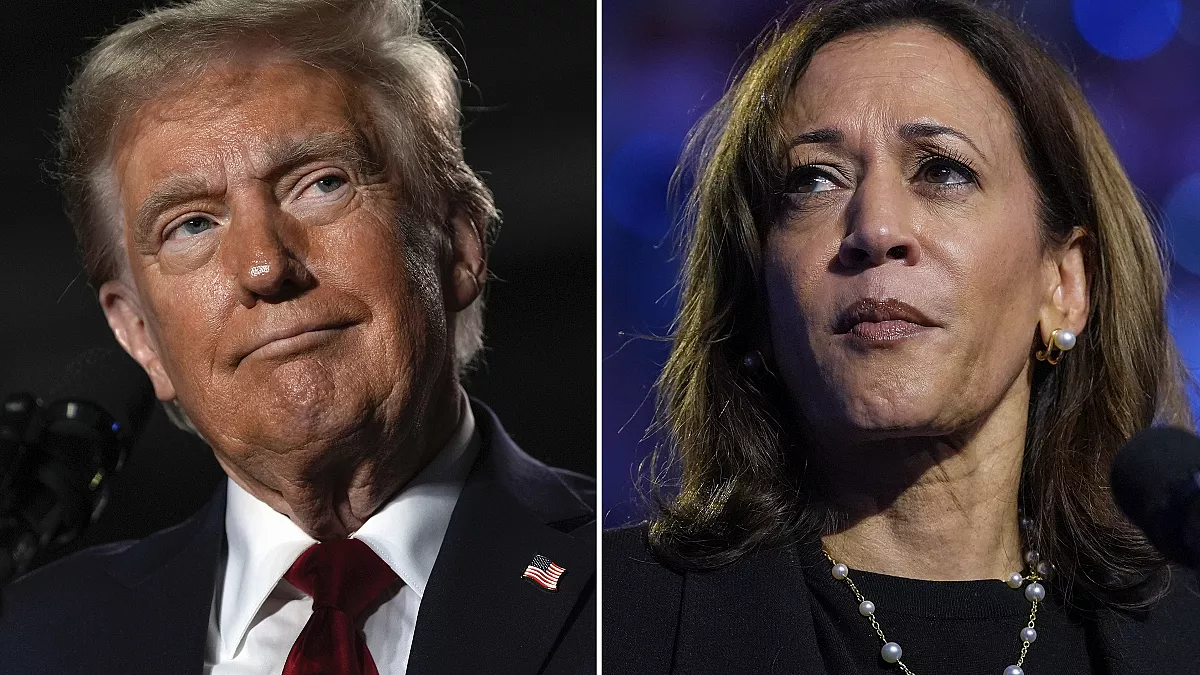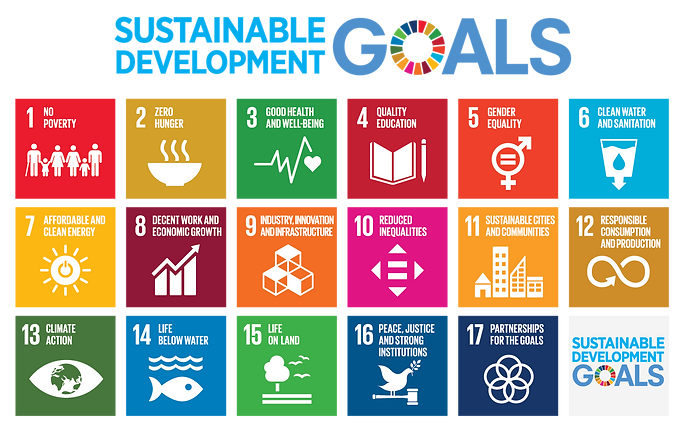In the last few months, Donald Trump has played many roles. He’s cast himself as the protector of the Greenlanders, the stabilizer of America, the rival of China, and, importantly, the mediator of the Russia-Ukraine war. During his reelection campaign, he repeatedly announced that he would secure a peace deal “on Day 1”, called Volodymyr Zelenskyy, the sitting Ukrainian president “a dictator”, praised Putin, and blamed Biden for prolonging the war. And secure a peace deal he did. Or, at least he TRIED to. Read: TRIED.
He tried a few tactics, but they all had the same underlying message: Ukraine was the bully, Russia was the righteous victim, and NATO and liberal Western leaders were the aggressors egging on a senseless war…somehow. But one of the methods that made headlines the most was the White House summit at the end of February where Zelenskyy and Trump discussed the future of US aid to the beleaguered Eastern European country. After the White House meeting failed, they met again in the Vatican after Pope Francis’s death, where many of the things that went wrong in the past meeting went right. And finally, after months of deliberation, Ukraine signed the minerals deal at the end of April.
To quickly recap: after the fall of the Soviet Union, Russia and Ukraine became independent countries, and they initially had normal relations marked with sporadic disputes relating to the USSR. However, after Putin became president of Russia in 2000 and the Orange Revolution happened in Ukraine in 2004, things didn’t stay rosy for very long. In 2008, during the Munich Security Conference, Putin delivered a speech, where he asserted his objection towards Ukraine and Georgia’s ascension to NATO. That same year, Russia invaded Georgia, leading to the disputed territories of Abkhazia and South Ossetia being established. In 2014, Russia invaded Crimea, starting the first part of the Russia-Ukraine war, where Ukraine objected to Russia’s control of the peninsula. That same year, the Maidan Revolution happened, resulting in the removal of the pro-Russia Ukrainian prime minister.
In the years leading up to 2022, tensions built up even more, until Russia launched its brutal invasion of Ukraine on February 24, 2022, on the basis of protecting ethnic Russians and supporting separatists in the Donbas. Since then, Russia has gained control of most of four of Ukraine’s easternmost provinces: Donetsk, Luhansk, Zaporizhzia, and Kherson. These provinces were illegally annexed by Russia in September of that year. Russia has also been accused of war crimes by targeting civilians in its attacks, as well as forcibly separating Ukrainian children from their families and relocating them to Russia to live with a new family. Hundreds of thousands of people have died as a result of this war, and millions have fled the country. Currently, the war sits at a stalemate, as conscription is mandatory in both countries. Russia has also started to bring North Korean troops to the front lines starting in August of 2024.
On February 28, 2025, Zelenksyy and Trump met in Washington, D.C. to discuss future U.S. plans for aid and peace. Leading up to this, there was a lot of tension, as Trump had proposed a controversial minerals deal that would involve the U.S. guaranteeing security and aid to Ukraine in exchange for a large share of the country’s mineral resources. Trump had also tried to pressure Ukraine into a ceasefire after he was unable to get a peace deal through in his first week quickly.
The meeting itself was chaotic. It started civilly, where the two leaders discussed aspects of the deal. However, as the summit went on, it appeared more and more as if J.D. Vance and Trump were ganging up on Zelenskyy rather than negotiating with him like equals. During the meeting, Brian Glenn, a conservative news reporter and boyfriend of Marjorie Taylor Greene, made mocking comments towards Zelenskyy for not wearing a suit. Towards the end of the meeting, Trump began calling Zelenskyy ungrateful, irresponsible, disrespectful, and a propagandist, with Vance making similar comments. The meeting ended with tension so thick you could cut it with a knife, as the meeting itself did not result in the deal being finalized.
Throughout the meeting, Zelenskyy stayed calm and collected. He didn’t raise his voice like Trump, and he asserted his gratitude towards the United States and its people. He also questioned the security of a future peace deal and Russia’s ability to uphold its end of the deal. As Trump belittled Zelenskyy, he tried to be rational and repeatedly denied Trump’s claims that Zelenskyy was irresponsible and going to start WWIII.
After the meeting, Trump was interviewed on Fox News, a staunch right-wing news network known for supporting Trump. During the interview, he repeated his false claims. As for many people, Americans and non-Americans, they saw the meeting as Trump attempting to coerce Zelenskyy into a deal that would favor Trump and Putin the most. The meeting resulted in a general state of confusion and worry as many feared that Trump would take a softer stance against Putin and that he would distance the U.S. from allies like Taiwan and the Baltic states. However, the meeting also resulted in a new wave of anti-Trump sentiment as people in the US and other countries demonstrated in support of Zelenskyy, and liberal leaders condemned Trump’s handling of the summit. Generally, the summit in Washington was not considered successful.
However, there was a second meeting. Pope Francis II passed away on April 21st from a cerebral stroke after having survived double pneumonia, and he was mourned all over the globe. In the wake of his passing, Trump and Zelenskyy met with Keir Starmer, the prime minister of the United Kingdom, and Emmanuel Macron, the president of France. After talking for some time, the two left, and Trump and Zelenskyy found themselves alone, without aides or other leaders, in St. Peter’s Basilica, and had an impromptu discussion right there. In the spirit of the late Pope’s mission for peace and goodwill, they compromised to inch closer to a potential deal.
Trump criticized Putin’s intent, suggesting that he didn’t want peace and wasn’t looking for a long-term deal. This was perceived by many to be significantly harsher towards Putin compared to Trump’s previous comments towards the Russian president. Zelenskyy softened his stance on joining NATO. Trump also agreed to let more European peacekeeping forces into Ukraine, remove future restrictions on the size of the Ukrainian military, and let Ukraine regain control of the Zaporozhzia nuclear power plant, as stated by CNN. Meanwhile, Zelenskyy admitted he was willing to compromise as long as the security guarantee was strong enough, and he also later stated he wouldn’t recognize Crimea as Russian, although Trump didn’t say to during that meeting, Axios reported.
Finally, there was a significant breakthrough on April 30th, which could open up a new chapter of this years-long saga. Trump had proposed a minerals deal back in early February, which was initially met with backlash, as it was perceived by many to have only been proposed to take advantage of Ukraine. Trump later said that the deal was compensation for all the aid the US has given Ukraine. However, as the war dragged on into its fourth year, and Putin showed no sign of stopping his bloody advance, Ukraine relented and signed the deal that afternoon, after walking out of the deal in February after the botched summit in the White House.
After hammering out the last few kinks in the treaty, it was signed in the late afternoon, as the sun slipped towards the DC horizon. After the treaty was finalized, a photo of Scott Bessent, the sitting Secretary of the Treasury, and Yulia Svyrydenko, the current Ukrainian Minister of the Economy, were photographed signing the treaty while they sat side by side. Svyrydenko later posted about the signing on X(formerly Twitter).
However, in May, Türkiye promised to hold the long-promised peace talks
As all of this happened, Trump’s attitude on the war was shifting, but no one saw his next move coming. As reported by Axios, Trump called out Putin on Truth Social on May 25th, calling him “absolutely CRAZY!”, saying he was “needlessly killing a lot of people, and I’m not just talking about soldiers!” He then added that “missiles and drones are [sic] being shot into Cities in Ukraine, for no reason whatsoever.” He also criticized Zelenskyy, saying that “everything that comes out of his mouth causes trouble”, and that he didn’t like it. The response was swift from both sides, with the Kremlin saying that the event was crucial and therefore, an “emotional overload”. Zelenskyy, meanwhile, shot back, saying Trump’s silence was enabling Putin.
Trump campaigned on the promise of ending the Ukraine war. He said he’d do whatever it takes, but it wasn’t easy at all, with a lot of pushback and heated arguments. But after a successful minerals deal followed by failed peace talks, many people on both sides of the Atlantic have been filled with uncertainty.





